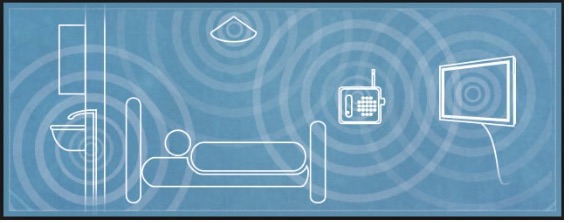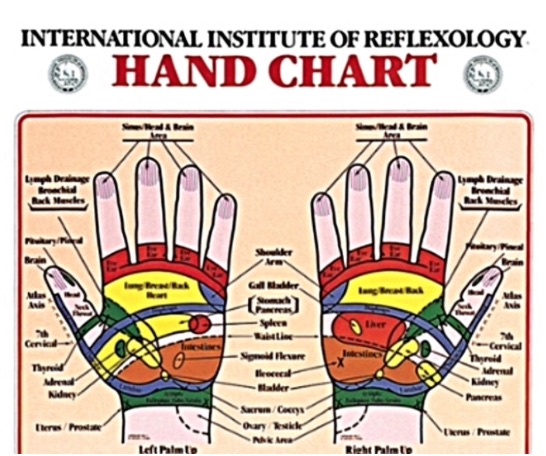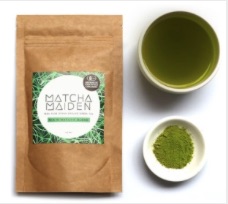Ayurveda is an ancient natural healing system that originated in India. It is the science of life (Ayur – life, Veda – knowledge). The goal of Ayurveda is to identify the ideal balanced state of health & wellbeing (body, mind & spirit). It provides people with daily and seasonal guidelines on what to eat and tips on how to take the best possible care of themselves to live a balanced and healthy life. When there is an imbalance, a mix of diet, herbal remedies, massage, reflexology, yoga & meditation can be used to regain balance.
3 Main Ayurveda Doshas (energies)
Vata (Wind)
Pitta (Fire)
Kapha (Earth)
Which Dosha Are You?
We can have a combination of elements from each of the doshas and our lifestyles can contribute to these being balanced or imbalanced. To work out which Ayurvedic element you are, you can take Deepak Chopra’s Dosha Quiz.
You can also contact Melbourne’s Veronique Kopf of Zen Attitude for your own Ayurvedic consultation. Not only is she French, which we love, she is also a brilliant yoga instructor.
Vata (Winter)
Light build, thin, full of energy, creative, enthusiastic, sensitive, easily adaptable, dry skin and prefers warm and humid climate.
Element: Air
Build: Low body fat, delicate bone structure, difficulty gaining weight.
Attributes: Sensitive, spiritual, restless forgets to eat as always rushing, flighty, bad memory, easily confused, absentminded, doesn’t like routine, thinning hair, high pitched voice, quick learner, has good short term memory, quick mind,
When balanced: thinks fast, focused, creative, fast paced talking. Often involved in the arts, writing, music & poetry.
When unbalanced: Dry skin, hair and nails, feels bloated, loses focus easily, absentminded, feels cold, anxious, has difficult sleeping, excessive worry, suffers tooth decay.
Body parts / organs to look after: Bones, colon, nervous system.
Eat less: Low fat diets, raw, cold foods.
Eat more: Warming, grounding foods to stay calm. Good oils, creamy soups, lighter proteins such as fish, eggs, sweet potato, root vegetables, heavier grains,
Best activity: Pilates, yoga, weight training.
Pitta (Summer)
Medium, muscular build, intelligent, intense, hardworking, driven, fair skin, prefers colder climate.
Element: Fire and water
Build: Muscular, well proportioned, gets overheated.
Attributes: Type A personality, focused, sharp intellect, loves to get the job done, organised, needs to eat often and doesn’t cope without food, fast metabolism, workaholic, doesn’t like hot, humid climates, needs gentle relationships, good general memory.
When balanced: Productive, capacity to work until drops, energized, enthusiastic, quick, warm, friendly, disciplined.
When unbalanced: Irritable, easily stressed, aggressive overly competitive, over worked, suffers digestive issues, diarrhoea, excessive inflammation, skin rashes, burning eyes, increased appetite, perspiration.
Eat less: Red meat, hot spices.
Eat more: Cooling foods, lighter proteins (chicken and fish), dark leafy greens, peppermint tea, citrus, sweet foods.
Best activity: Pilates, yoga, meditation.
Kapha (Spring)
Heavy build, easy going, nurturing, stable, methodical, oily skin and prefers warm dry climate.
Element: Earth & water
Build: Larger body type, gains weight easily, holds water and fat, strong, powerful.
Attributes: Stable, grounded, solid, slower metabolism, can miss a meal, doesn’t love exercise, slower moving and slower to learn new things, good long term focus and memory, low pitched voice, thick hair.
When balanced: Reliable, kind, supportive, dependable, calm, keeps the peace, level headed, loving, affectionate.
When unbalanced: Depressed, holds onto emotions, sleeps too much, lacks enthusiasm, sluggish, congested (sinus), overweight.
Body parts / organs to look after: Lungs, stomach, lymphatic system, watch body fat.
Eat less: Heavy proteins (red meat), dairy, gluten based grains, starchy vegetables, high fat foods.
Eat more: Lighter grains (quinoa), light proteins, salads, vegetables (beans, spinach), spices (cayenne pepper, ginger), dry and warm foods.
Best activity: Cardio vascular exercises, self care (acceptance and body image affirmations).









